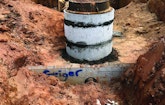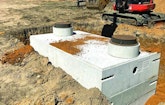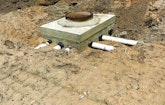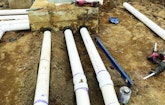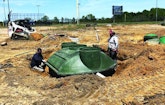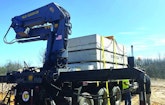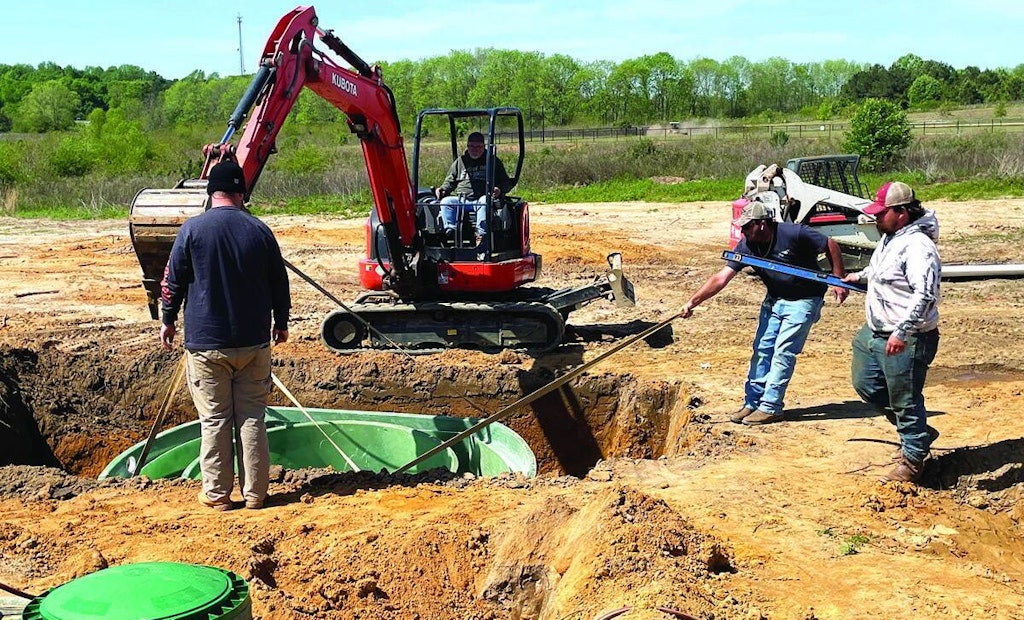March 3, 2019, was a painful day for Lee County, Alabama, residents. An EF-5 tornado swept through the town of Beauregard leaving a trail of destruction. In its wake, the county decided to build a large sports complex to bring new life to the local economy.
The facility was built...


